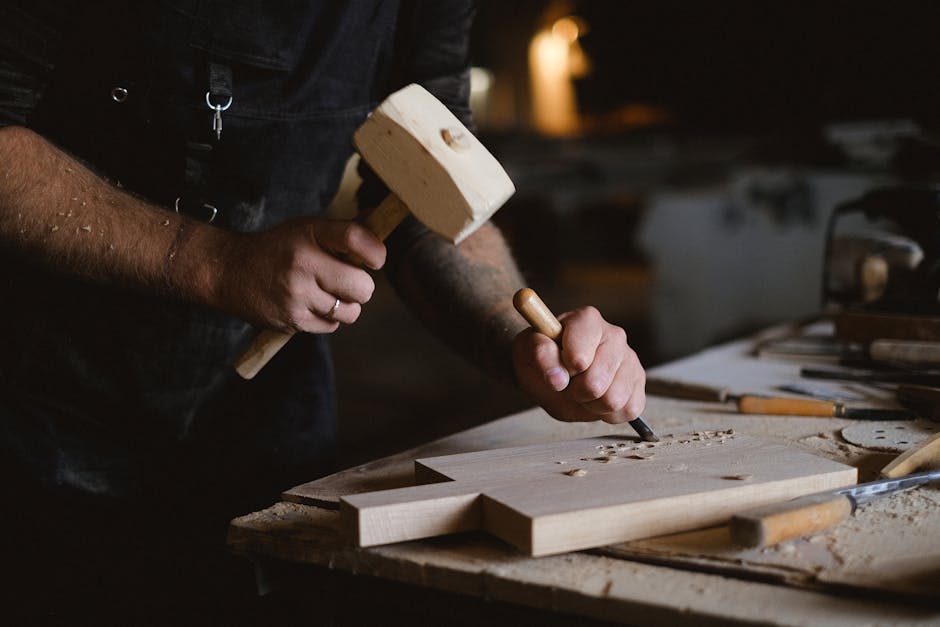Hello Ladies and Gents! Welcome to my workshop! This video is about an unusual woodworking joinery technique I called it "Organic" mortise and tenon joinery I already showed these two projects before and briefly described how I made them people asked me to video the process of making these type of joints so, today I will actually walk you through the process using these pieces of cherry this is the glue I used it is better than white or yellow waterbased wood glues I did all of those joints using three pieces of wood I prefer to use the C-clamps but any type of clamps can be used.
In a hind sight, It would be better to use the non-water based glue for these joints otherwise one has to dry the roughly sculptured piece for a few weeks otherwise one will get a small steps b/w those 3 components that you can feel with your fingers I left my bar stool drying for about a month after the initial sculpturing procedure to let all the glue's water out it is important to apply good pressure here as you can see it will be the same joint as it is on the blanket holder now we will go outside to make some mess this is a special grinder's attachment for rough sculpturing it works really well for fast wood removal I will leave the link about it in this video's description one has to be carful not to remove too much material though you can see the bar stool after the rough shaping on the picture all of these joints where made just like I just showed it to you using this technique you can literally shape the wood into knots These joints are very hard to break.

The chair is about 7 years old and had no issues whatsover. Then I used files, spokeshaves, scrapers and my trusty Festool sander I am not going to make a perfect joint now but will show you the process spokeshave works well on longer parts and, my personal favorite: the scraper scrapers work great on tough spots like this one where the grain changes its direction This Festool Rotex 90 works great for sculpturing the joint in final stages it is very aggressive in rotex mode then for finer sanding I use the regular mode going through about 4-5 grits (40 through 220 or more) you do get to use you hands too, particularly in the tough to reach places will show you the grain by wiping it with some mineral spirit the joint lines will subside with time or you can use stain to mask them, of course first two pieces are securely glued together (parallel grain orientation) and the third piece is M&Ted into it will apply a little stain to show you the result you can add more to mask the glue lines there is no finish on it, so it looks a bit dull the stool has about 10 coats of polyurethane Thank you for watching! Best!!!

